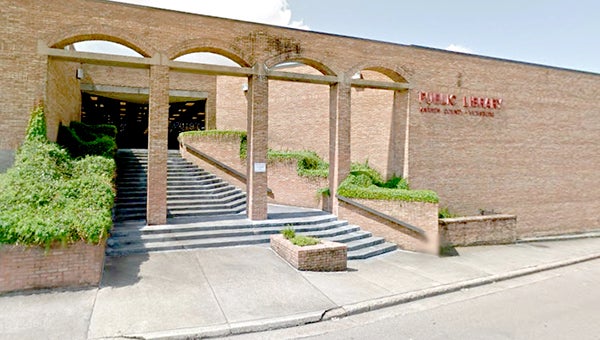‘Don’t all work the same way’
Published 7:33 pm Friday, May 3, 2019
By Terry Rector
Among the many things those of us without a horticulture education had to learn when the job called for some hort knowledge is there is no such thing as daylily bulbs or iris bulbs.
True, a lot of folks are content miscalling bulbs that are not really so botanically. But in the effort to be educational, the differences between plant bulbs, corms, rhizomes and tubers are worth knowing, or at least worth looking up when questions arise. All of the aforementioned are produced underground and all give rise to new plants, but they don’t all work the same way.
A true bulb is actually a tight mass of underground leaves surrounding a tiny new plant, one plant per bulb. A horizontal cut across a bulb reveals rings that come from the layered leaf structure. Bulbs are roundish but vertical. Each narrows or comes to a point at the top and has a hard structure called a “basal plate” at the bottom.
When the temperature and moisture get right, a new plant will push upward and new roots will grow down and out from the basal plate. That’s why it’s important to plant bulbs upright: top up, bottom down. Among our most popular bulb plants are onions, lilies, tulips, daffodils and amaryllises.
Corms look very similar to bulbs from the outside. But inside, there are no rings or layers because corms are strictly stem tissue with no leaf tissue. Stem nodes give rise to new plants. Corms, like bulbs, have the roundish shape with a distinguishable top and bottom. There can be more than one growing point on top, but a bottom basal plate is the source of new root development.
There are not many corm-producing plants in our domesticated gardening, but gladiolus and crocus are both corm species.
Probably the term “gladiolus bulbs” is the most common of the bulb misnomers because they certainly look like bulbs to most of us.
Rhizomes are horizontal stems growing at soil level or slightly below. As with vertical stems, it is the nodes on rhizomes that have the potential for new growth and eventual new plants. That’s in addition to stem duties of food and water storage and transport.
Irises, cannas, asparagus and ginger are rhizome growers. So is bamboo. And just to be a bit gardening-negative here, Johnsongrass, purple nutsedge and bermuda grass all spread by rhizomes as well as by seed.
Tubers are enlarged food-storage underground structures that come with buds or “eyes” or other parts that can initiate new plants. Some tubers are derived from stems and some from roots. Tubers have no basal plates and no layers. The potato is probably the most important tuber for feeding mankind. Caladiums and dahlias are tuber-planted.
Daylilies have tuberous roots that are divided and set out for new plants. And for the trivia regarding the difference between a sweet potato and a yam, sweet potatoes are root tubers and yams are stem tubers. Then there’s the color and the taste, too.





